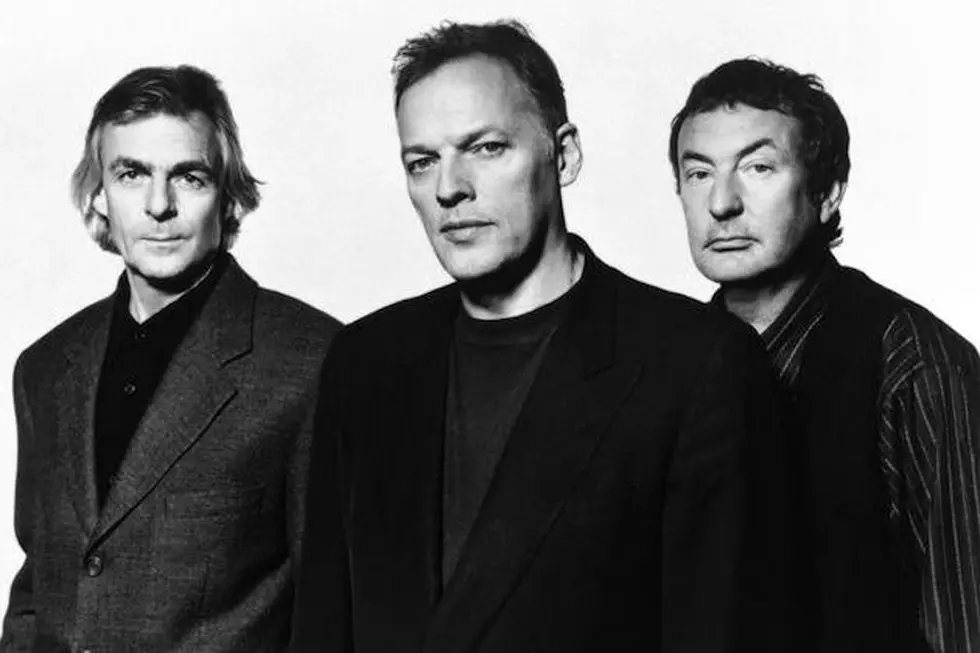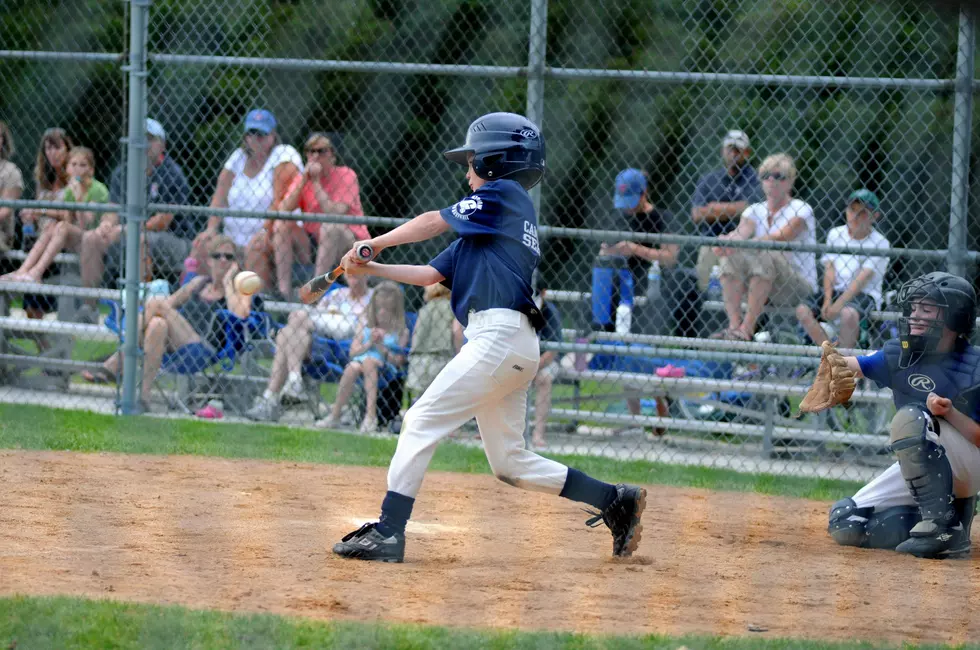
30 Years Ago: Pink Floyd Rebounds for ‘The Division Bell’
The Division Bell wasn't just a return to Pink Floyd's earlier, more free-flowing psych-rock songcraft.
The March 28, 1994, release also marked Floyd's last truly collaborative moment, as remaining members David Gilmour, Nick Mason and Rick Wright rekindled something that appeared lost with Roger Waters' departure.
Populated by long keyboard moments, these echoing, sustained guitar chords and segmented song cycles effortlessly flow into one another, The Division Bell plays like a long, slow exhale after the Waters-era novelization of Floyd on albums like The Wall and The Final Cut. If the songs often weren’t as narratively strong, the music itself portrayed a renewed sense of musical camaraderie.
It brought to mind rangy triumphs like the title track on 1968's Saucerful of Secrets (the first Pink Floyd project to feature Gilmour) and the bulk of 1975's Wish You Were Here (which, until, the release of The Division Bell had been the most recent to feature new compositions from Wright).
Along the way, Pink Floyd finally made a case – after the transitional 1987 release A Momentary Lapse of Reason, which felt more like a Gilmour solo album – for continuing forward as a threesome.
Listen to Pink Floyd's 'Keep Talking'
A Momentary Lapse of Reason, Gilmour admitted in a 1994 interview, hadn't been "a terribly cooperative event – with everyone really putting their maximum in. With this album, I'd say for the first time since maybe the 'Wish You Were Here' album, it's a more joint effort."
Named for the bell that rings in the houses of Parliament to summon members for a vote, The Division Bell started in an appropriate enough manner: With Gilmour, Mason and Wright sorting through ideas in loose jam sessions.
Eventually, they had as many as 65 total pieces of music, before winnowing it down first to 25 or so, and then down to a final running order. "I think that was the best idea," Wright told MTV at the time. "In the beginning, we went and played for two weeks. So, it really was music straight from Dave, myself and Nick."
Lyrics were added through a collaborative effort with Gilmour's new wife Polly Samson, a published author, while the sessions team included long-time Floyd collaborators like producer Bob Ezrin and saxophonist Dick Perry. The multi-platinum Division Bell topped the charts in both the U.S. and U.K. A huge worldwide tour followed, as did a Grammy award for the instrumental "Marooned."
Listen to Pink Floyd's 'Poles Apart'
Still, critics remained. Waters simply excoriated the album, calling it "rubbish ... nonsense from beginning to end." Some, including Waters, wondered if Gilmour and company were trying too hard to sound like their former selves.
"It was a much more cooperative effort," Gilmour responded, before a tour stop. "There was no attempt to make it sound like anything we'd done before, but we sound like we sound. If we're all contributing and playing together, then it does tend to sound a bit like Pink Floyd."
And, it would turn out, for the last time. The 2008 death of Wright, after a lone reunion of the classic-era foursome a few years before during the Live 8 concerts, seems to have put any idea of a Pink Floyd reformation to rest for good.
Six years later Mason and Gilmour compiled and released the largely instrumental The Endless River, comprised of leftover tracks from the Division Bell sessions and seemingly intended as a way to once and for all wrap up the group's studio career.
Top 50 Progressive Rock Albums
Gallery Credit: Ryan Reed
You Think You Know Pink Floyd?
More From KYBB-FM / B102.7










